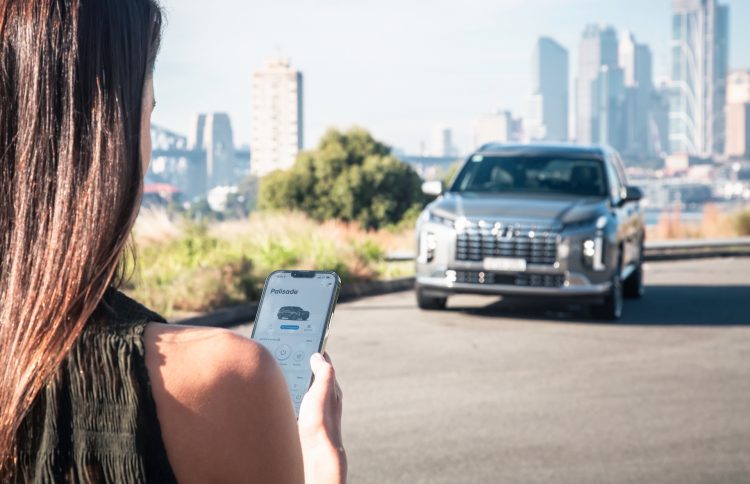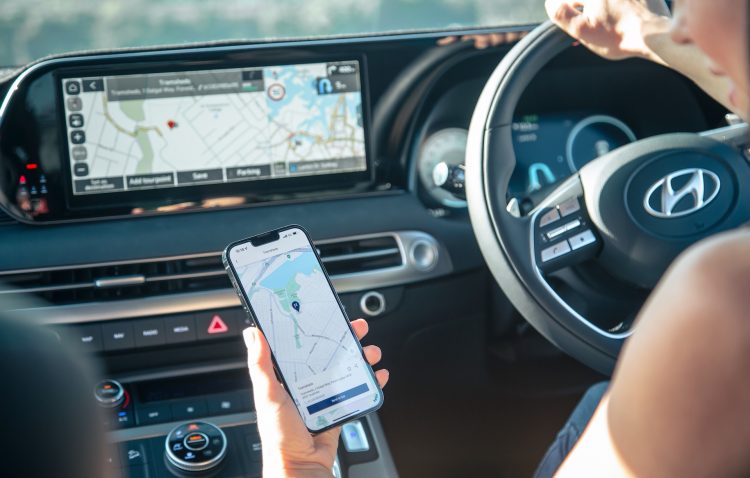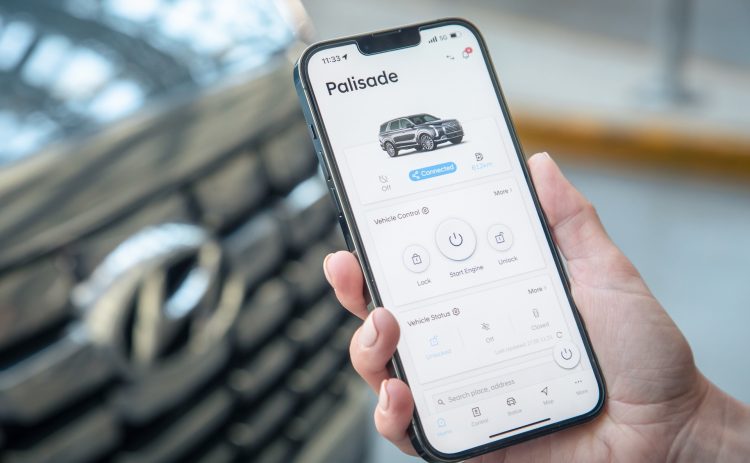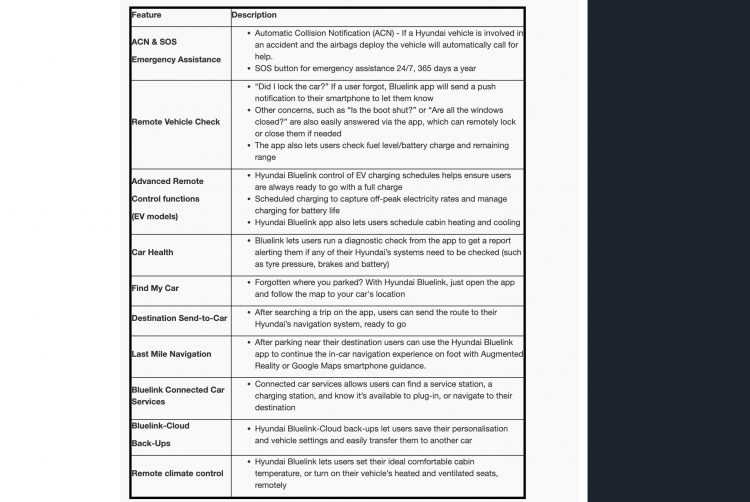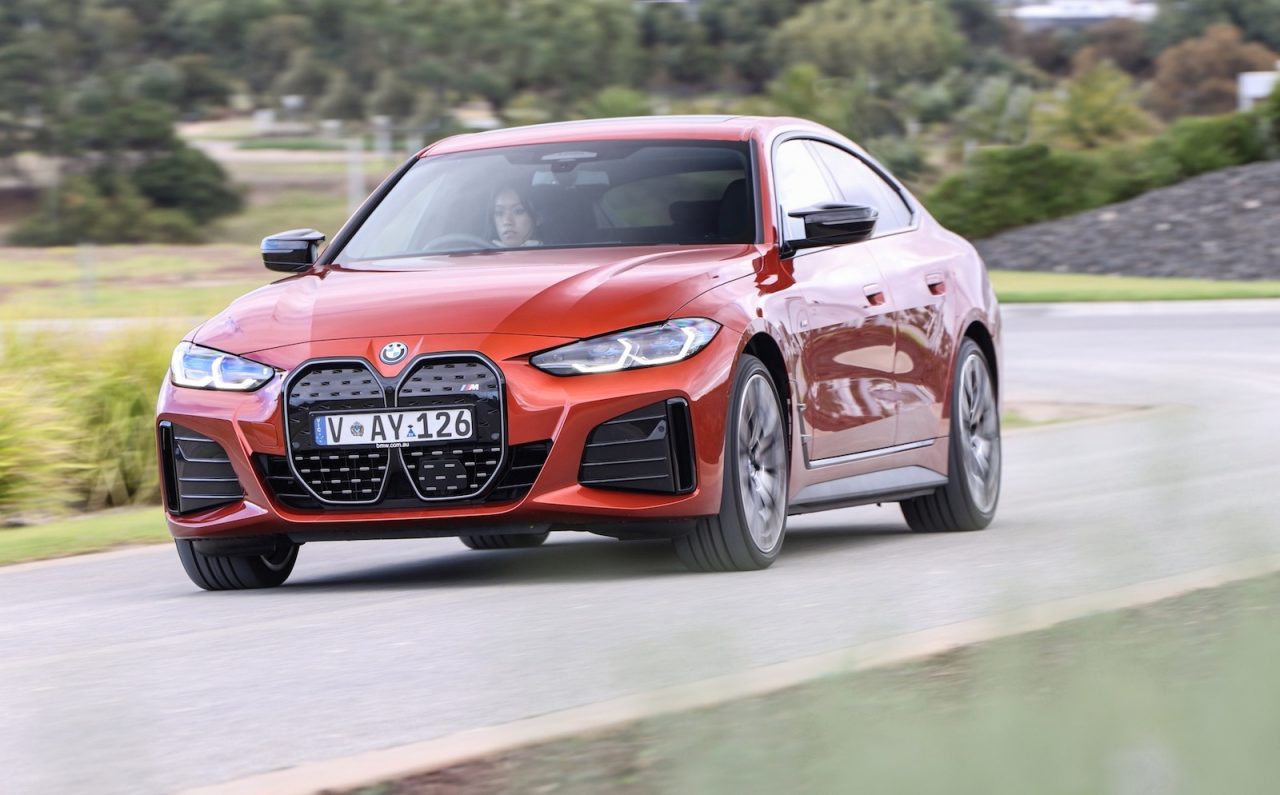A new connectivity system is being launched by Hyundai Australia called Bluelink, providing owners with the opportunity to connect with their vehicles in more ways than ever before. Hyundai Bluelink can be downloaded as an app and provides a connection to car services, including driving information records and even data on things like brakes and airbag status, and tyre pressures.
However, perhaps most importantly, it brings in a new level of safety. In the event of a crash, Bluelink can automatically call emergency services (when airbags are deployed). There’s also an SOS button which can be pressed.
The other main function of Bluelink is that it allows owners to connect with their vehicle for navigation purposes, and even help owners find their car in a parking lot or find a parking spot or service station.
A function called Last Mile Navigation also transitions sat-nav guidance from their in-car touch-screen to their phone. For example, your phone can continue guidance recommendations after you have parked and left your vehicle but still require further direction on the final destination.
As with many connected vehicle apps out at the moment, Bluelink allows users to undertake functions remotely, such as unlocking or locking doors, configure climate control settings, and turn on heated or cooling seats, remotely. The app can also store certain preferences and transfer them to another Hyundai vehicle.
Electric vehicles that will come with Bluelink also provide scheduling functions for battery charging, and remote climate settings for the cabin. Hyundai Australia CEO, Ted Lee, said:
“With the rollout of Hyundai Bluelink, we are firmly on track to realise our goal of delivering the super-connected mobility solutions of the future. Bluelink makes owning a Hyundai safer, with the benefit of the Automatic Collision Notification and SOS functions, as well as more convenient and more rewarding.”
The Bluelink service will first launch with the facelifted MY2023 Palisade, set to arrive in Australia during the third quarter of this year, followed by most (if not all) models going forward. To connect, users simply download the app onto their smartphone and then scan a QR in the vehicle.
